2024-11-19 08:59
DHL Sees the Continued Importance of Road Freight in Southeast Asia
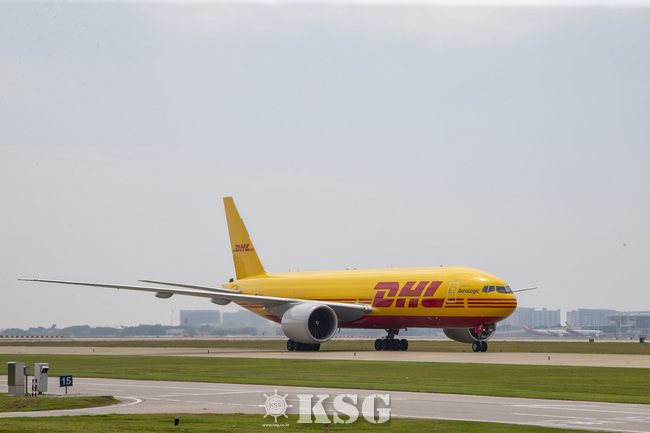
DHL Global Forwarding (DHL), the freight specialist arm of DHL Group, said that road freight will continue to play an important and increased role in Southeast Asia, as companies look to build more resilient supply chains. In a new white paper titled "Highway to the Future: Navigating the Road Freight Opportunities in Southeast Asia", DHL outlines the role of road freight as a single or in a multimodal solution, as businesses look to more agility and flexibility in transportation modes for their shipments.
"Over the last few years, we have seen strong export growth in Vietnam, Thailand, and Malaysia. Vietnam is Southeast Asia's largest exporter currently, while Malaysia has strengthened its position as a semiconductor hub. Thailand has made great strides in automobility, particularly in the electric vehicles (EV) sector.
The new DHL International Multimodal Hub at Suvarnabhumi Airport Free Zone 3 will also see Thailand emerge as a regional trade hub. The simplified process will allow goods to be shipped through multiple transport modes, making the country even more attractive for companies looking to expand or move part of their production into Southeast Asia.
While our last whitepaper focused on the emerging use of road freight during the pandemic, our new whitepaper highlights why it remains important even as we see air and ocean freight normalize globally," said Thomas Tieber, CEO, DHL Global Forwarding Southeast Asia and South Pacific.
Countries such as Vietnam, Thailand, Malaysia, and Singapore are set to benefit, especially with their connectivity options, as trade can happen through either road, air, or ocean. These countries also have favorable trade agreements with major economies globally.
The growing importance of building a resilient supply chain has called for greater agility and transparency with real-time visibility and insights into shipment statuses and road conditions, amidst concerns about security, safety, and stability. Southeast Asia's advanced cellular networks have enabled real-time monitoring of road freight via sensors and GPS units, providing customers with accurate predictions of cargo location and arrival times1.
While global companies are diversifying their supply chain, Chinese companies are also expanding their manufacturing base into the region. In 2023, China's investment into Southeast Asia reached US$24 billion, according to a report by McKinsey. These investments highlight the region's growing importance as a global manufacturing hub, especially with markets such as Cambodia, Laos, Thailand and Vietnam. These countries have announced or implemented improvements or expansions of transportation infrastructure that are vital for logistics. For example, in 2021, Laos opened a new railway linking Vientiane to Kunming in China. Thailand has also opened the new DHL International Multimodal Hub, making it easier for shipments to move in, out, and through Thailand across different transportation modes.
< Korea Shipping Gazette >
많이 본 기사
- “미중 입항세 유예로 국적선사 경쟁력 제고 놓쳐”HMM, 4번째 9000TEU급 신조 컨선 부산-남미동안항로 취항신선대감만터미널·부산신항만·경북항운노조 항만안전대상 영예‘남미 30%대 껑충’ 컨운임지수 2주만에 1400선 회복벌크선시장, 철광석 수요 활황에 선복 부족 이어져팬스타그룹 2500t급 연안유람선 부산서 첫 뱃고동부산항만공사, 스마트항만 기술혁신포럼 개최中 시안-체코 프라하 정기화물열차 운행 개시대만 3대 선사 3분기에 영업익 1.7조 합작KMI, 부산국제금융진흥원과 해양수도 금융전략 논의
- 부산신항 비엔씨티, 김장김치 1100박스·700만원 기탁HD현대, 디지털·AI 앞세워 2030년 ‘매출 100兆’ 목표 제시박정석 한국해운협회장, 명예 해기사·1급항해사 위촉인천공항공사–항공대, 공항직원 전문교육 확대 나선다조선기자재연구원, 산업혁신기술지원플랫폼 사업성과·과제 공유건강칼럼/ COPD 환자, 추우면 ‘숨’이 힘겹다!BPA, 환적모니터링시스템 포트아이 16일 先배포인사/ 해양수산부중국유럽정기화물열차 누적 운행횟수 12만회 돌파IPA, 인항고·인천해사고에 장학금 2000만원 전달






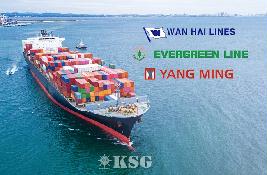
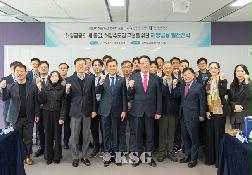
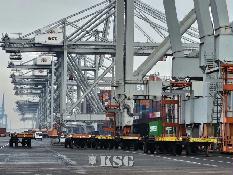



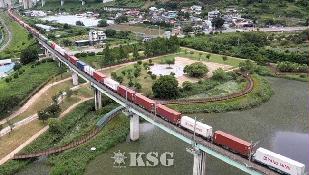

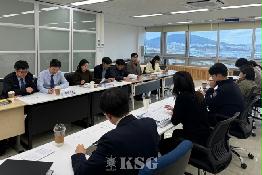

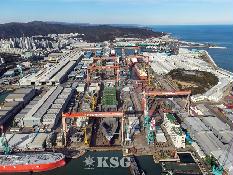


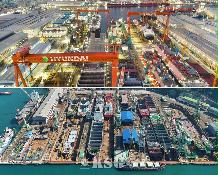
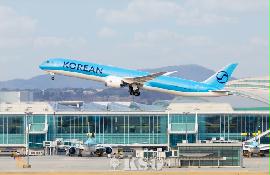








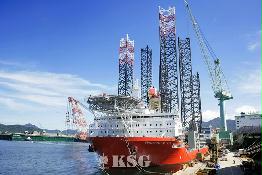
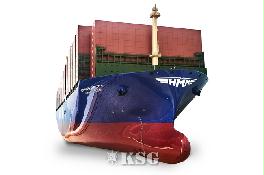
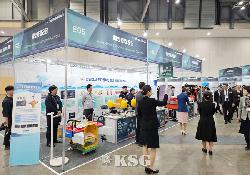
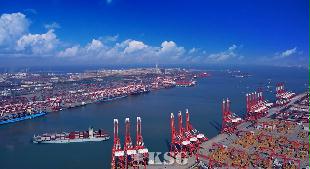

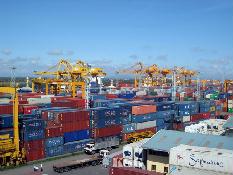






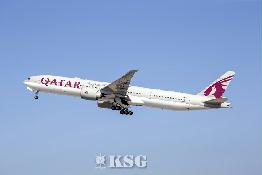
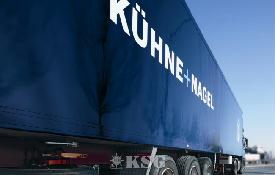
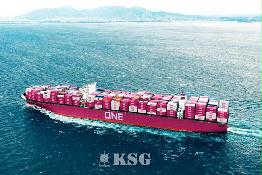






















0/250
확인